It is possible to express your colostrum while you are still pregnant and freeze it so you can feed it to your newborn baby. It is important to note however, that it’s not essential or necessary for all women.
Key points
- You can start expressing colostrum from late in pregnancy, from around 36 weeks.
- Hand expressing is the gentlest way to collect colostrum.
- Colostrum is only produced in small amounts, but is a valuable food source for small babies.
- Expressing is not recommended for women at risk of premature labour.
- It’s important to label, store and transport colostrum so it is safe to feed.
What is colostrum?
Colostrum is the first fluid made by the breasts from around 16 weeks of pregnancy. Some women don’t realise their breasts are producing colostrum until they notice dried yellow crusts on their nipples, or their breasts start to leak.
Colostrum looks like thick, clear or yellow serum. It is very high in antibodies and nutrients and provides energy for newborn babies. Although colostrum is not produced in high quantities, it’s extremely high in immune properties and helps to colonise a newborn baby’s gut to protect them against disease and allergies.[1] Colostrum is also easily digested and helps with baby’s first poo.[2]
Why express colostrum?
It can be a good idea for some women to express colostrum during the later stages of pregnancy. Storing colostrum for the baby’s feeds after birth can help to support breastfeeding and avoid having to offer formula.
Other common benefits are that some babies need extra fluids or nutrition after they’re born. Babies who are premature, small for gestational age or who are unwell are more likely to have problems with early breastfeeding.
When can I start expressing and storing my colostrum?
Most maternity care providers recommend that pregnant women don’t start expressing colostrum until late in their pregnancy – from around 36 weeks. Although many women notice their breasts are producing colostrum from their second trimester, waiting until a few weeks before birth is generally a sound idea.
It’s also important that expressing and storing colostrum does not become a type of ‘project’ during pregnancy. You’ll find there can be a certain element of competitiveness in parenting, often supported by social media. How frequently you express and the amounts of colostrum you obtain are of no relevance to other women. If expressing works for you, it’s likely to support your baby and you’ve got the support of your maternity care provider, go ahead.
Expressing colostrum and diabetes in pregnancy
Between 12-14% of pregnant women will develop gestation diabetes (GDM), usually occurring between the 24th-28th week of pregnancy. Babies of mothers with GDM can have problems maintaining stable blood sugar levels and need careful feeding management. Having a supply of colostrum available can avoid the need for their baby to be fed on donor or formula milk.
Other situations where expressing colostrum may be beneficial
- Babies with cleft lip and/or palate.
- Babies with a neurological or cardiac condition.
- Women with reduced breast tissue. Breast augmentation and breast reduction as well as previous breast surgeries where breast tissue was removed can affect breast milk production.
- Women with polycystic ovarian disease.
- When a baby is unable to attach to the breast or is not sucking effectively.
- When a mother and her baby are separated.
- When a mother is unwell and unable to breastfeed.
Is there a special way to express my colostrum?
It’s important to be gentle when expressing colostrum. During pregnancy, the breasts and nipples often become very sensitive.
- Pick a time of the day when you’re not rushed and you’re feeling relaxed. After a shower is a good time for many women.
- Wash your hands.
- Massage your breasts first – this can help the colostrum to flow
- Use a sterile syringe, sterilised spoon or sterilised container to collect the colostrum. Ask your midwife for a few syringes. Don’t focus on the amount you express. Remember, any amount of colostrum is beneficial for your baby.
- Start with a few minutes on each breast each day. If you’re feeling comfortable, increase the time you express to around five minutes each day.
- Use your fingers to gently massage your breasts, position your fingers on the breast and squeeze gently towards your back at first, then towards your nipple.
- Express each breast twice during each expressing session.
Check this video to help you understand how to express colostrum.
What is the best way of storing my colostrum?
You’ll need to store the colostrum correctly to keep it safe for your baby.
- You can store colostrum in the same syringe you collected it.
- Store the syringe in the fridge between each collection.
- At the end of the day, seal the syringe in a zip lock bag, marking the date and time you expressed.
- Store it in the freezer until you need to offer it to your baby.
How to store colostrum[3]
Room temperature |
Fridge |
Freezer |
| 26 degrees or lower 6-8 hours store in the fridge if possible |
4 degrees or lower 3-5 days store at the back of the fridge |
2 weeks in a freezer compartment in a fridge 3 months in a fridge freezer with a separate door 6-12 months in a deep freeze |
When could I offer my baby colostrum after they’re born?
Be guided by your maternity care provider and your baby’s paediatrician about what’s right for you both. There can be reasons why feeding is delayed after birth, especially when a baby’s condition is unstable or they are sick. Let your baby’s carers know you have colostrum stored and you’d like your baby to be offered this as soon as possible.
About the Author:
Written for Nourish Baby by Jane Barry. Jane has qualifications in general, paediatric, immunisation, midwifery and child health nursing. She holds a Bachelor Degree in Applied Science (Nursing) and has almost 35 years specialist experience in child health nursing. She is a member of a number of professionally affiliated organisations including AHPRA, The Australasian Medical Writer’s Association and Australian College of Children and Young People’s Nurses.
References
Expressing breast milk (thewomens.org.au)
Expressing colostrum before baby is born | Australian Breastfeeding Association
Expressing the First Milk - Video - Global Health Media Project
Hand expressing | Australian Breastfeeding Association
[1] Expressing colostrum before baby is born | Australian Breastfeeding Association
[2] WSP-529 Hand expressing colostrum during pregnancy V2 changed to 36 wks 20161221.pdf
[3] Pregnancy Birth Baby Org - Antenatal Expression of Colostrum
[4] Antenatal expression of colostrum - reasons for, when and how | Pregnancy Birth and Baby (pregnancybirthbaby.org.au)
Our Products
-
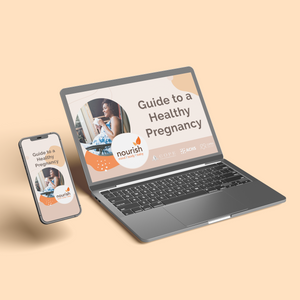
01. Guide to a Healthy Pregnancy
$55 -
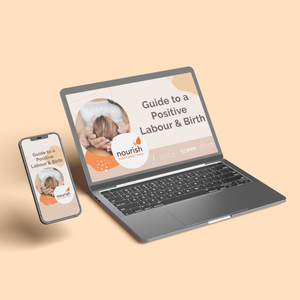
02. Positive Birthing Course
$55 -
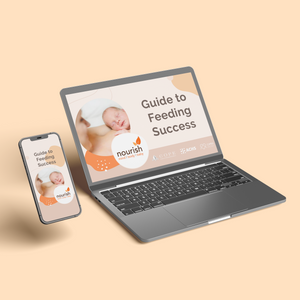
03. Infant Feeding Guide
$55 -
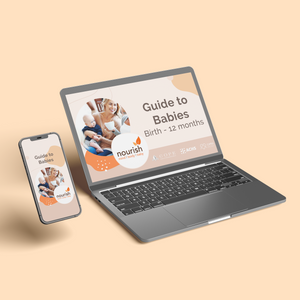
04. Baby Sleep Guide - First 12 Months
$55 -
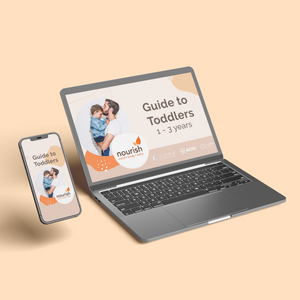
05. Toddler Parenting Course 1 - 3 Years
$55
-
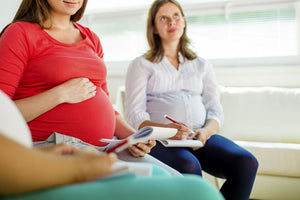 When to Start Antenatal Classes?
When to Start Antenatal Classes?
Becoming a parent is an incredible milestone, but it comes with a host of changes that can be daunting, especially for first time parents. Antenatal classes are all about offering expectant parents the education they need to make informed decisions, look after their bodies and care for their newborn babies. While you probably already have a long list of things you need to accomplish during your pregnancy, it’s a good idea to make time to attend antenatal classes.
-
 Development Milestones 4-8 Months
Development Milestones 4-8 Months
As they reach the middle of their first year, you'll start to see bigger leaps in their growth and ability!
In this article, we’re going to discuss your baby’s developmental milestones between 4-8 months, and what you can expect along the way.





 When to Start Antenatal Classes?
When to Start Antenatal Classes?
 Development Milestones 4-8 Months
Development Milestones 4-8 Months








